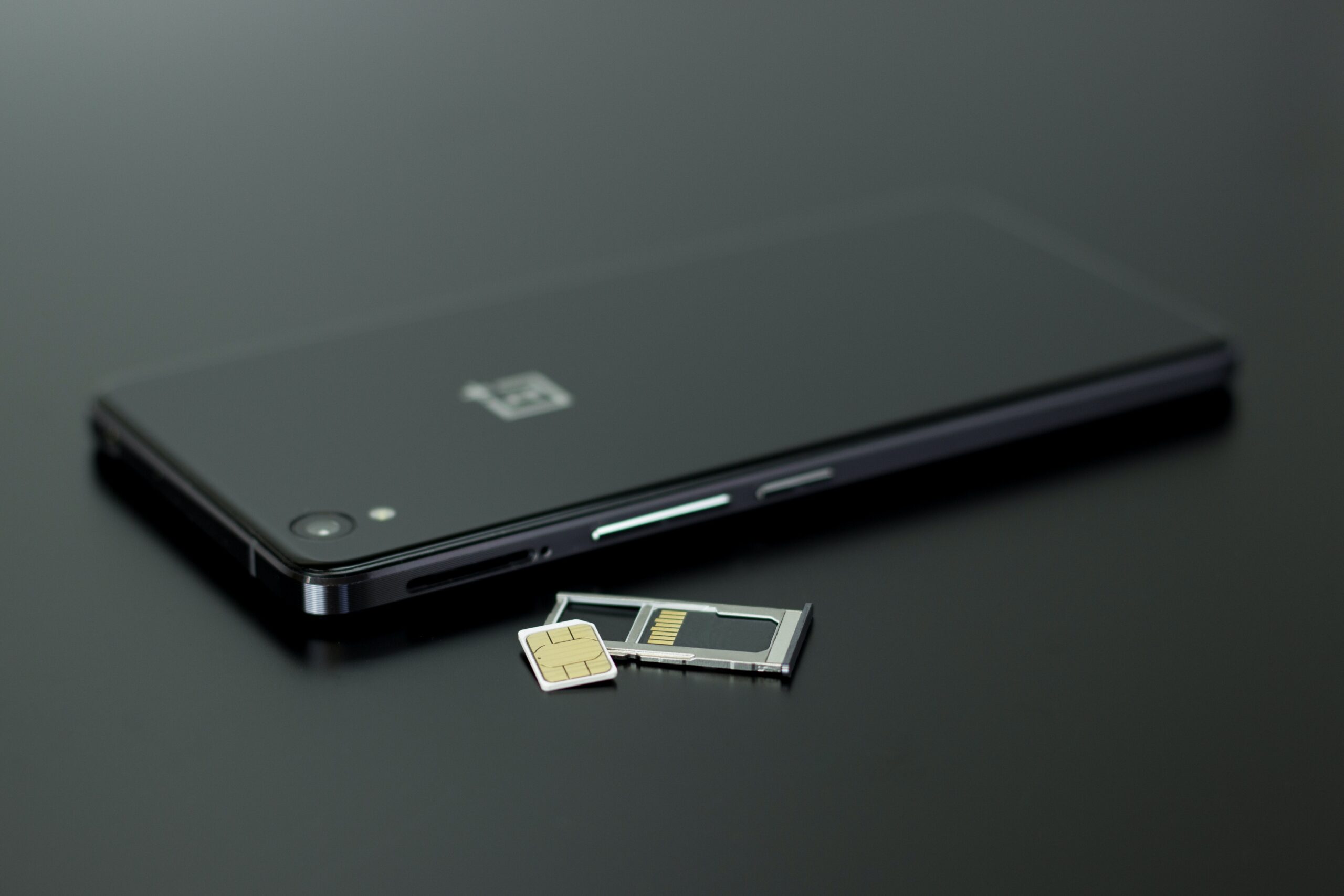Over time, Android devices can accumulate temporary files and data from apps, websites, and system processes. This accumulation, known as cache, is intended to enhance the device’s performance by providing quick access to frequently used information.

However, an excessive cache can consume valuable storage space and potentially slow down the device. Clearing the cache periodically is a simple yet effective way to optimize the performance and storage capacity of your Android phone or tablet. In this comprehensive guide, we will explore various methods to clear the cache on your Android device, ensuring it continues to run smoothly and efficiently.
Understanding Cache and Its Impact
Cache serves as a temporary storage location for data that apps or the Android system access frequently. When an app or process needs specific information, it can retrieve it quickly from the cache instead of retrieving it from the device’s internal storage or the internet. This significantly speeds up app loading times and system performance, resulting in a smoother user experience.
While cache is beneficial in many ways, it can also become a burden if left unmanaged. As the cache grows, it occupies a portion of the device’s storage, which can become an issue on devices with limited internal storage. Furthermore, an overloaded cache might lead to app crashes, freezing, or other performance-related problems. Clearing the cache helps free up storage space and can resolve performance issues caused by corrupted or outdated cache data.
Method 1: Clearing App Cache Individually
Android allows users to clear the cache for individual apps directly from the device settings. Here’s how you can do it:
Step 1: Unlock your Android device and go to the “Settings” app, usually represented by a gear icon.
Step 2: In the settings menu, scroll down or search for “Apps” or “Apps & Notifications.”
Step 3: Tap on “Apps” to access a list of all installed apps on your device.
Step 4: Choose the app for which you want to clear the cache. Once you’re in the app’s settings page, you should see options like “Storage” or “Storage & Cache.”
Step 5: Tap on “Storage” or “Storage & Cache,” and you’ll see the option to clear the cache. Click on “Clear Cache” to remove the temporary data for that particular app.
Step 6: Repeat the process for other apps if needed, clearing the cache for those that have accumulated a significant amount of data.
Method 2: Clearing Cache for All Apps at Once
If you prefer a more comprehensive approach to clearing the cache, Android provides an option to remove the cache for all apps simultaneously. Here’s how you can do it:
Step 1: Access the “Settings” app on your Android device.
Step 2: Scroll down or search for “Storage” or “Storage & Memory.”
Step 3: Tap on “Internal Storage” or “Storage Usage” to view a breakdown of storage usage on your device.
Step 4: Look for the option “Cached Data” and tap on it.
Step 5: You will receive a confirmation prompt to clear the cached data for all apps. Select “OK” or “Clear” to proceed.
Method 3: Clearing System Cache (Recovery Mode)
In addition to clearing app cache, Android users can also clear the system cache, which includes temporary files used by the operating system. Clearing the system cache can help resolve system-related issues and boost overall performance. Here’s how you can do it through Recovery Mode:
Note: The process of clearing the system cache varies slightly depending on the device model. The steps provided here are general guidelines and may differ on your specific device. It is essential to research the appropriate steps for your device model before proceeding.
Step 1: Turn off your Android device.
Step 2: Press and hold the “Power” button and the “Volume Down” button simultaneously until the device logo appears.
Step 3: Release both buttons and use the volume buttons to navigate through the options in Recovery Mode. Look for an option like “Wipe cache partition” or “Clear cache.”
Step 4: Select the “Wipe cache partition” option using the power button, then confirm your choice.
Step 5: After the process is complete, use the volume buttons to select “Reboot system now” and press the power button to restart your device.
Method 4: Automatic Cache Clearing Apps
If you prefer a hands-off approach to managing cache, you can explore various cache-clearing apps available on the Google Play Store. These apps can automate the cache-clearing process and provide additional features to optimize your device’s performance. Keep in mind that using third-party apps for cache clearing is optional, as Android already offers built-in tools to manage cache effectively.
Conclusion
Clearing the cache on your Android phone or tablet is a simple yet vital maintenance task that ensures your device runs smoothly and efficiently. By removing temporary files and data, you can free up valuable storage space and potentially resolve performance-related issues. Whether you choose to clear the cache individually for specific apps, clear the cache for all apps at once, or tackle the system cache through Recovery Mode, your Android device will benefit from these routine optimizations.
Remember to perform cache clearing regularly, especially if you notice performance slowdowns or if your device is running low on storage. By incorporating this essential maintenance practice into your Android device management, you can enjoy a seamless and optimized mobile experience.